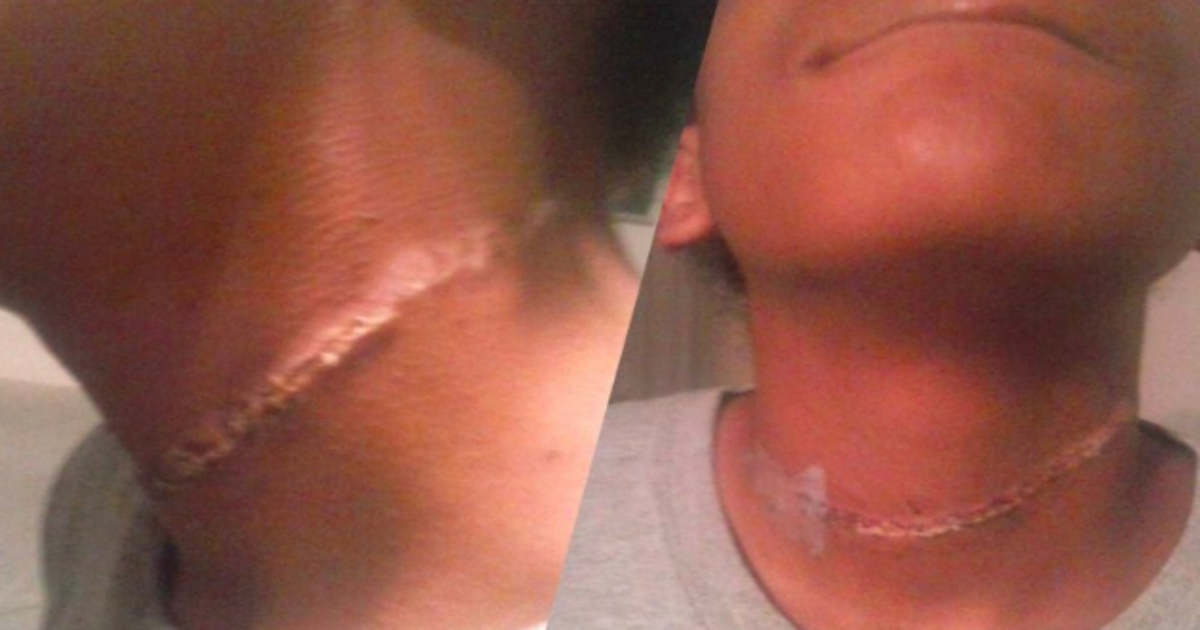On March 22, nearly 170,000 gallons of oil spilled into the Galveston Bay near the Texas City Dike when an oil barge carrying one million gallons of oil collided with a bulk vessel. The spill created 200,000 pounds of oiled sand and debris along 22 miles of the Texas coast.
“It’s a serious offense to, accidentally or intentionally, spill crude oil into water sources,” said Emmie Paulos, BP oil spill attorney with Levin, Papantonio P.A. “Investigations must be carefully conducted to properly identify which federal laws have been broken in order to properly charge the offending party.”
The Houston Chronicle reported that, after the spill, cleanup crews were sent to the shorelines in the spill’s vicinity. On Mustang Island, workers found 102,700 pounds of oiled sand and debris, over 94,000 pounds on South Matagorda, and over 4,500 pounds near Corpus Christi.
Since the spill, workers have found hundreds of birds affected by the accident. From Galveston Bay to North Padre Island, workers have found 329 birds covered in oil, most of which died. Species included ducks, pelicans, loons, and herons. Of the 300 oil-covered birds found, only eight were alive.
Twenty-nine dead dolphins have turned up since the spill and scientists are trying to determine whether the spill is responsible.
Scientists predict “long-term chronic health impacts for marine life,” as aquatic animals impacted by oil spills have been afflicted with cardiovascular complications in the past.
The whooping crane is one of the rarest birds in the country and nests in Matagorda during the winter, where almost half of the oiled sand and garbage was found. So far, only about 30 percent of the whooping crane population has started migrating. Animal protection groups have been scrambling trying to find as many animals in as little time possible to ensure fewer deaths happen.
Josh is a writer and researcher with Ring of Fire. Follow him on Twitter @dnJdeli.


